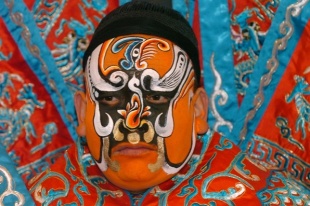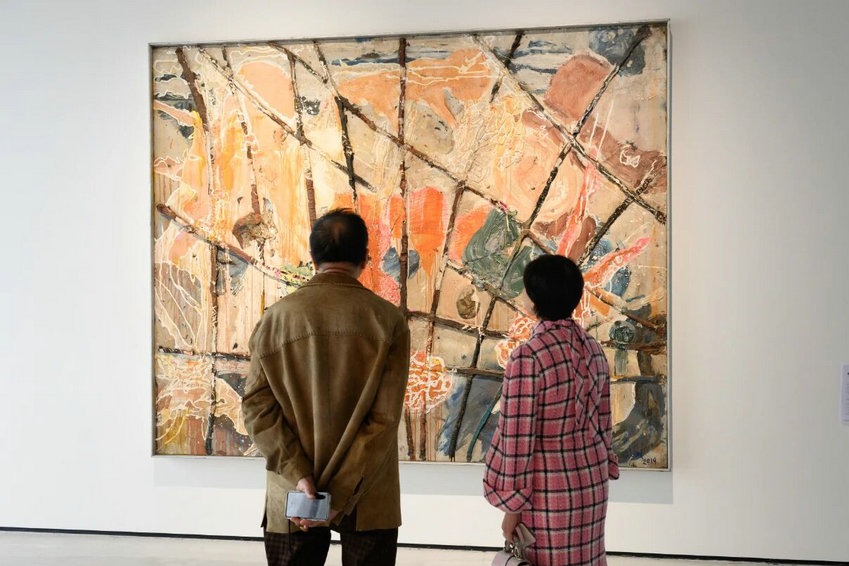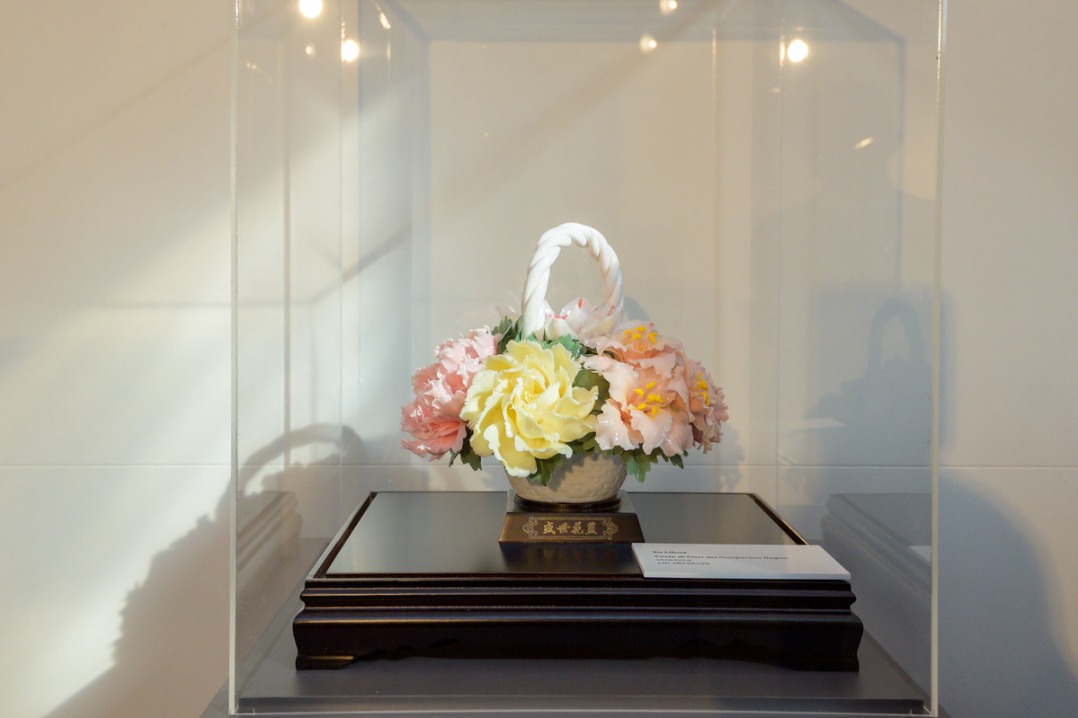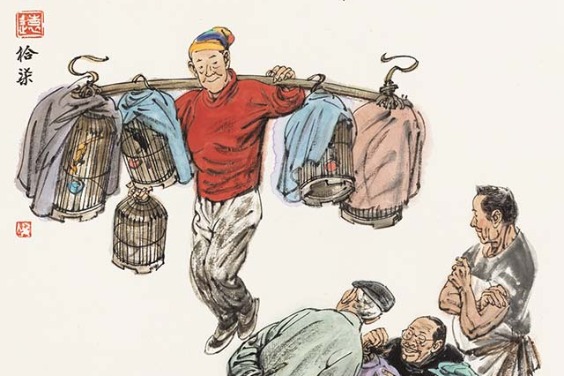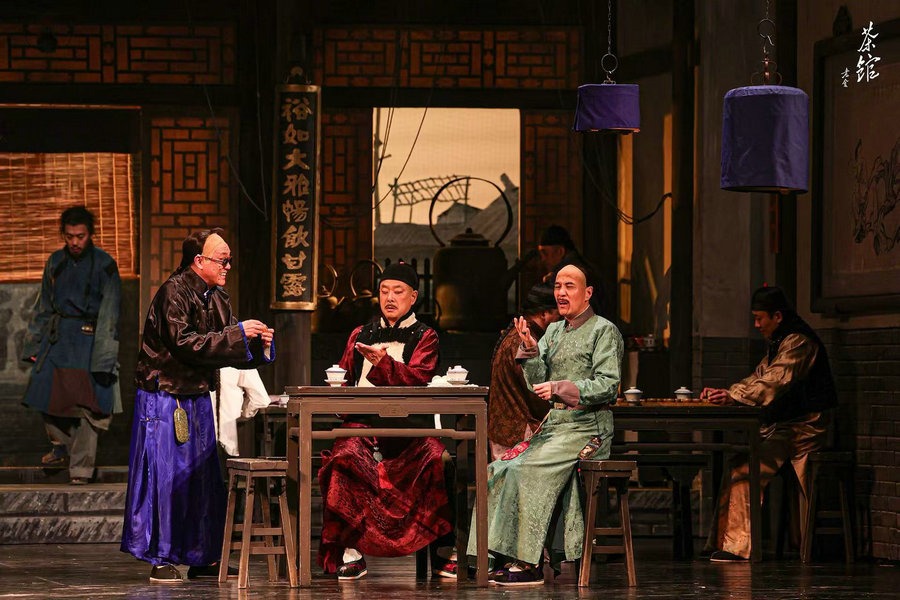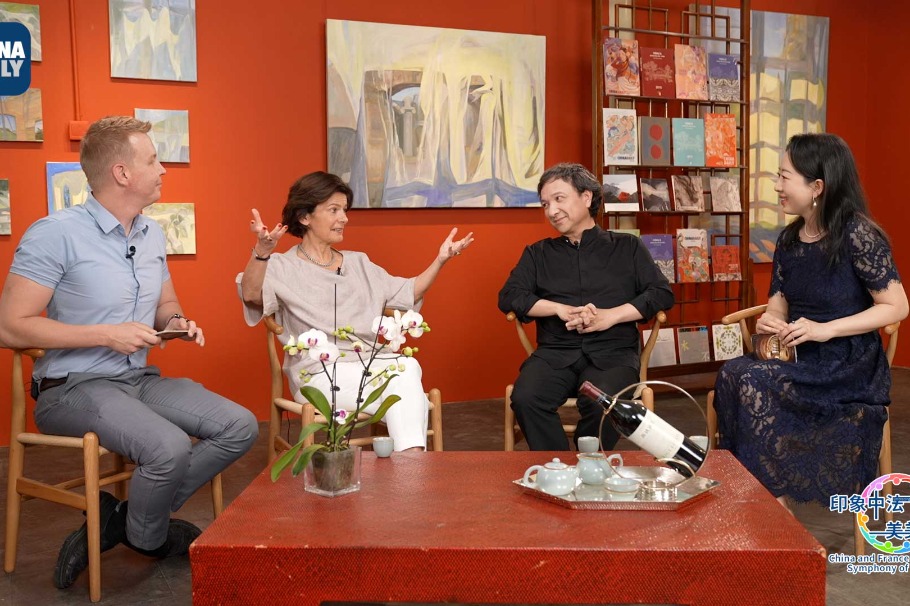'Village fires' burn bright throughout time and space


Shehuo, a 2,000-year-old performing art form, still plays a leading role in the Spring Festival celebrations in Shaanxi province's Longxian county, which was known as Longzhou in ancient times and remains an important gateway from central China to the country's western regions.
Acclaimed as the "treasure of Chinese folk art" and described as an "inland carnival", shehuo (literally, "village fire") usually features a variety of performances, such as dragon and lion dances, yangko (a popular folk dance) and parades of performers walking on stilts.
According to local cultural researchers, the art form began in the Qin and Han dynasties (221 BC-AD 220) and flourished in the Ming and Qing dynasties (1368-1911).
During Spring Festival in ancient times, rural villages across the county hosted shehuo parades and other cultural activities to offer sacrifices to the "earth gods" and "valley gods". People took this opportunity to pray for blessings and good weather.
In 2003, Longxian was named the "hometown of shehuo" by Shaanxi's provincial government. In 2007, Longzhou shehuo was included in the province's intangible cultural heritage protection list.
The art form is rich in content and features such elements as stilt walking, fire breathing, riding model horses made of bamboo and land-boat (model boats used as stage props) yangko with drums and music, says Yang Bingquan, a folk-art expert with the county's cultural center.
Longxian is particularly known for its "blood shehuo", a unique and characteristic variety in which performances all focus on the theme of punishing evil and promoting goodness. The characters have distinctive personalities, and the makeup is also conspicuous.
"Cart shehuo" is also worth special attention, Yang says. As the name suggests, vans, tractors and other means of transportation become a moving stage where performers-usually children in different costumes-sit motionless on high shelves.
Stilt-walking is the most common feature in shehuo performances, according to Yang. The performers on the wooden stilts play roles in various historical stories. It takes several years of training to master.
"Man-carrying" is an amusing part of the show, Yang adds. The performer is often a robust man with a wooden back frame tied to his shoulders, so that a 10-year-old child can stand on his back to act. As such, the child shouldn't be too heavy.


